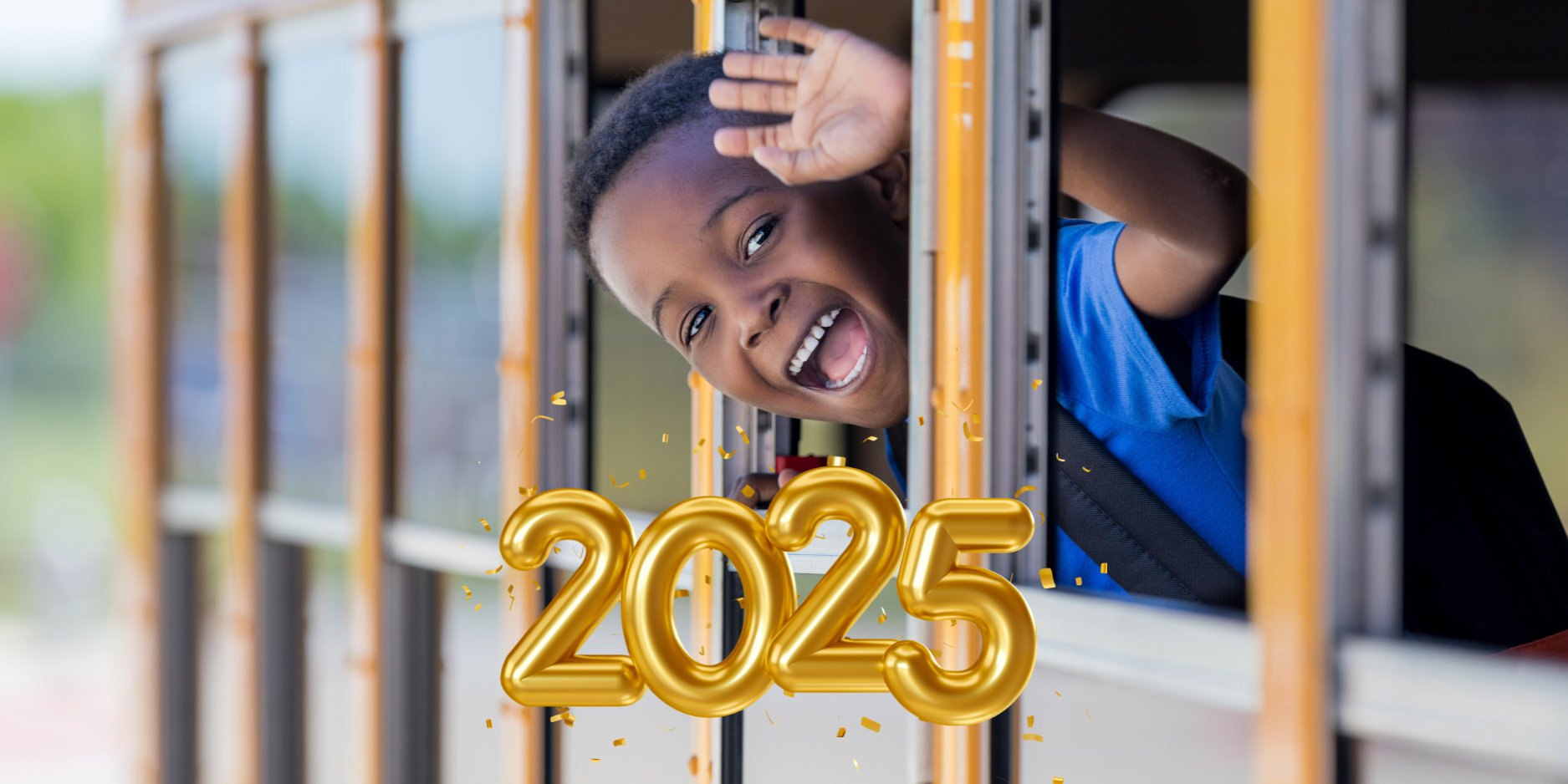Introducing the NEW Behavioral Science Toolkit: Learn how to improve family engagement and promote positive student outcomes with the power of behavioral science!

The current workload of school districts is immense and ever-growing. All districts, regardless of location or demographics, are being forced to tackle major issues across the spectrum of student learning, development, and outcomes. Academics and college and career readiness are no longer the main concerns, but also chronic absenteeism, student behavioral challenges, productive family engagement, and staff and student mental health.
Oftentimes, when faced with pressing and substantial challenges, the immediate reaction is to seek a dramatic external solution or a major shift in practice. However, these interventions can be costly and place heavy burdens on already overworked educators and administrators, making thorough implementation nearly impossible.
While sometimes a big change is needed, more often the most effective approach is a solution that seamlessly integrates and enriches the good work already happening and removes burdens from administrators and educators. Given that family engagement and communication underpin nearly all district efforts and outcomes, improving that communication and engagement can be a uniquely effective effort.
Behavioral science is an emerging field of research and practice that has illuminated how subtle shifts in communication and outreach can positively impact behavior, decisions, and, therefore, outcomes. Drawing from several academic disciplines including economics, psychology, and neuroscience, behavioral science provides insights into how delivery of information, context, and the behaviors of others influence how people make decisions.
At EveryDay Labs, we leverage behavioral science to increase attendance and engagement, and created The Behavioral Science Toolkit to provide district leaders with an overview of behavioral science and guidance on how to effectively implement scalable and cost-effective strategies that improve family engagement and promote positive student wellbeing and success.
Within the Toolkit, you’ll gain a broad understanding of behavioral science and how it can be incorporated into your school and district initiatives. You’ll find numerous actionable tips, including:
- Fewer words please: family communications should be clear, concise, purposeful, programmatic, and part of a cohesive plan
- Reduce friction: When encouraging families to participate in programs such as registering at their local library, families should automatically opted in, with the option to opt-out.
- Social norming: Use language to normalize that mental & emotional health are vitally important and that seeking help is a common and positive practice.
Behavioral science techniques can catalyze positive change by providing proactive and effective communication and outreach and lessening the workload of administrators and educators. It increases family participation and follow-through, helps expand family and student understanding and buy-in, and empowers families with information and agency to have an active role in their child’s success. Check out the Behavioral Science Toolkit today to see how behavioral science strategies, schools and districts can make low-cost, low-burden changes that will strengthen school-family partnerships and, ultimately, transform student outcomes.
Visit our website to learn more about our attendance solutions grounded in behavioral science.
Join Our Community of Learners
Stay updated with our latest insights and share your thoughts with fellow educators and parents.




